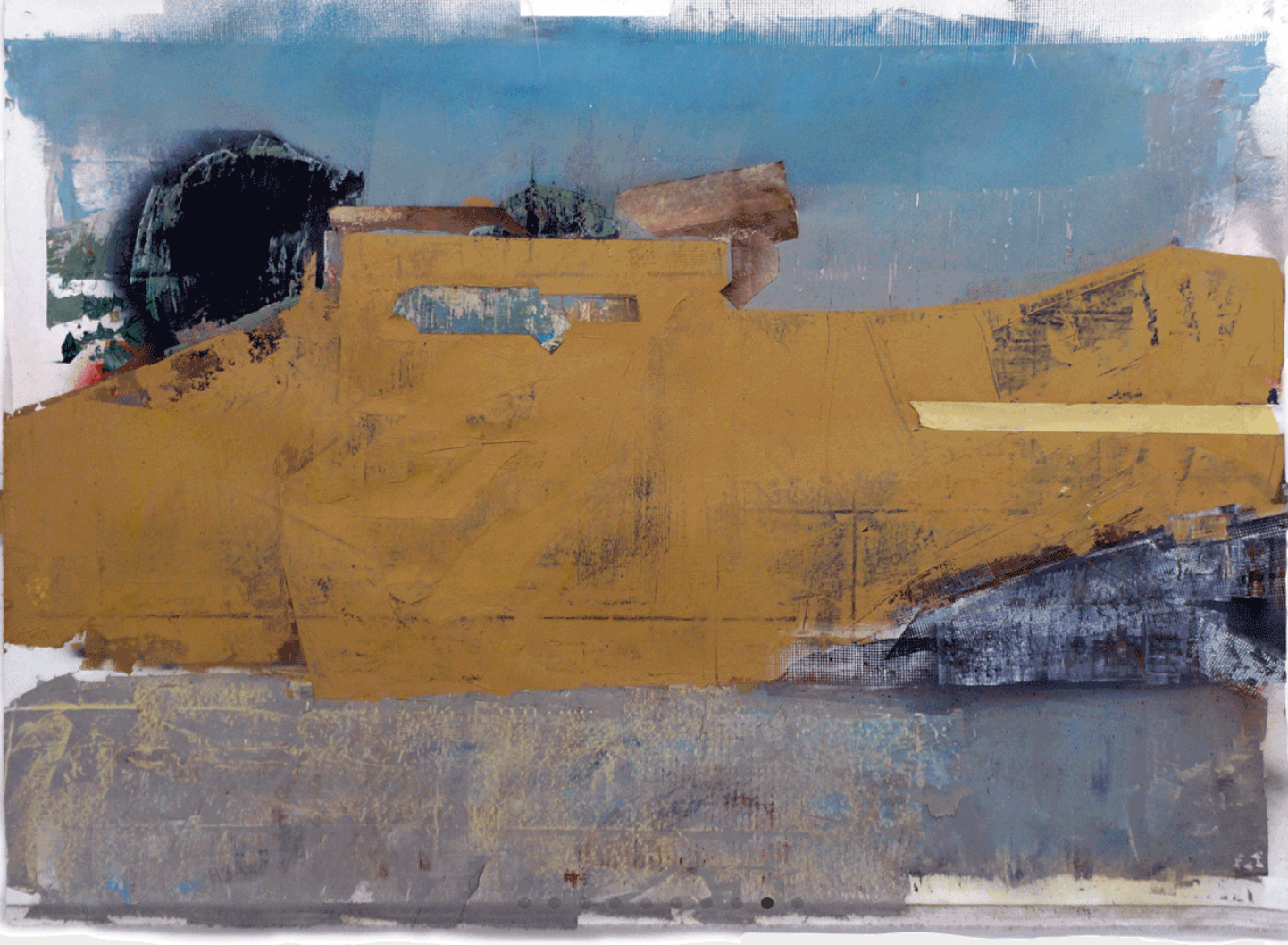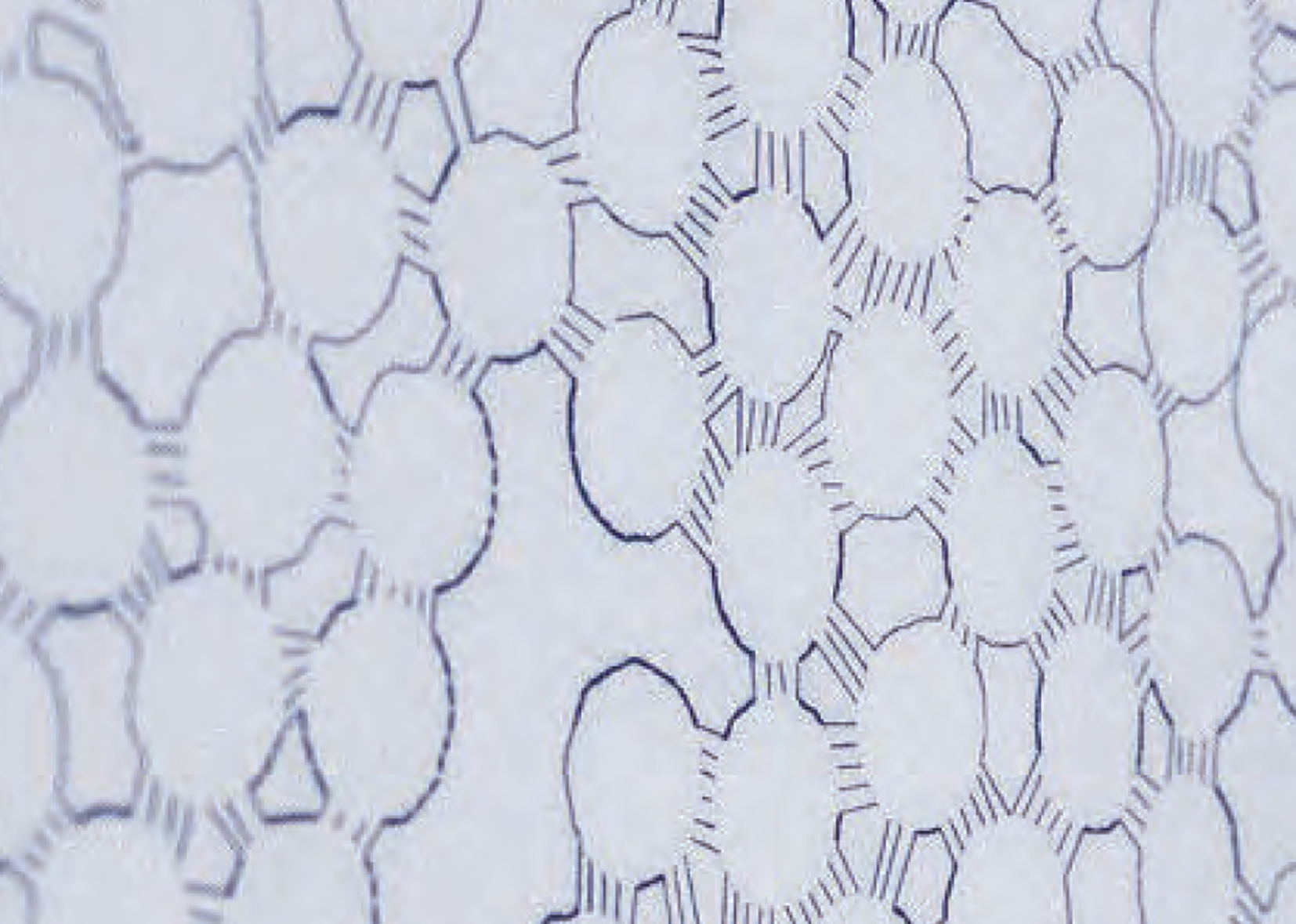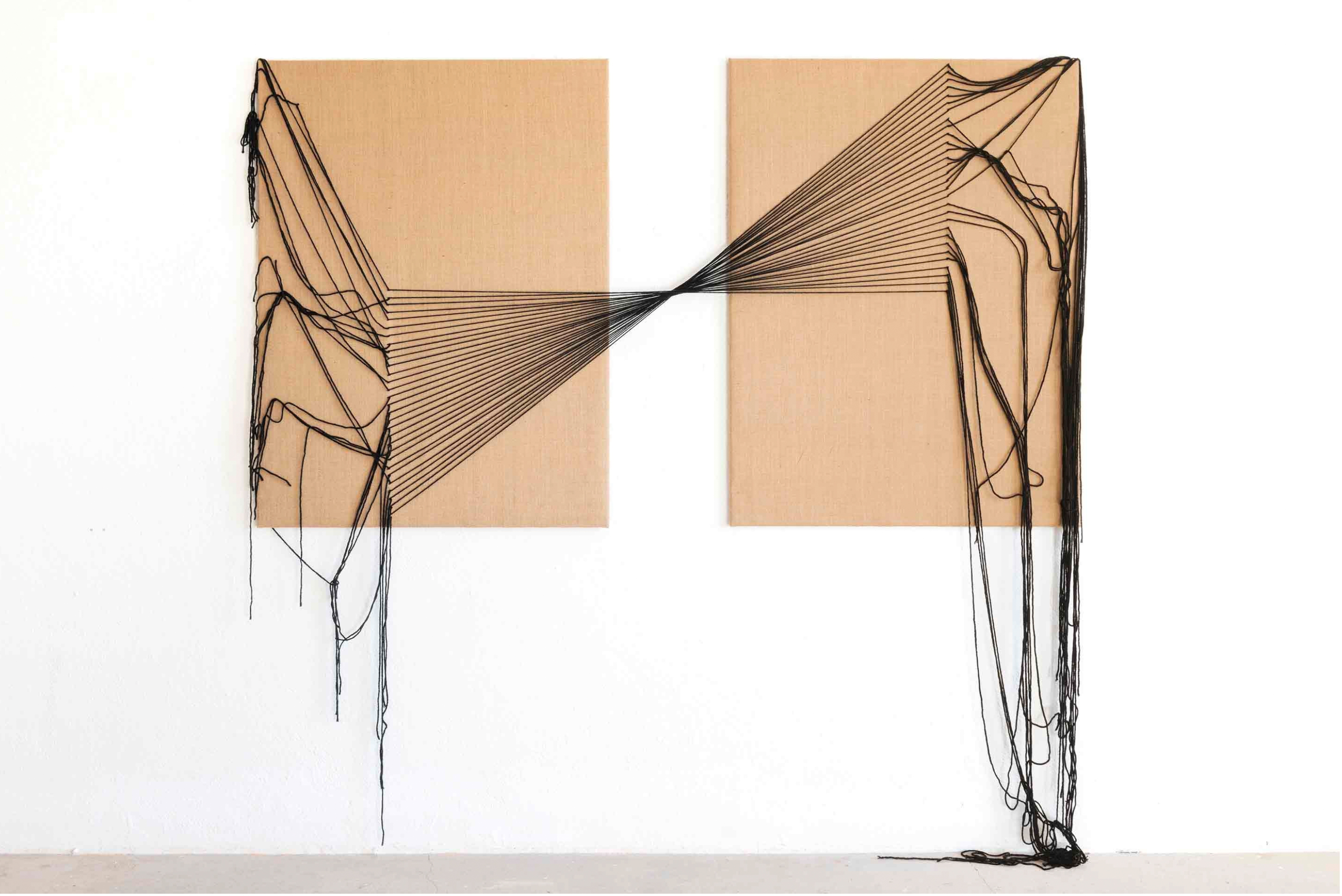Transfer
08.04.–17.04.2016
Haus zur Glocke: Transfer
The Haus zur Glocke at the Seestrasse in Steckborn constitutes the starting point for the Transfer project. The title indicates the transformation of the vacant timber-framed building, its renovation, the revival of this place with cultural interventions, and beyond. This gesture is always directed towards the future and speaks of an openness that adapts to the respective situations. With this in mind, the artist Judit Villiger bought the building in April 2014 and renovated it, tending to only the bare necessities. By removing previous fixtures, open and permeable spaces have been created that can be used flexibly. The expanded roof invites as space to think and work, the ground floor with its shop window and the entrance establishes the connection to the street and the public. The 1st floor is used as accessory space complete with kitchen and toilet for temporary living and eating.
Through the preservation of the house and the careful handling of the old substance, the cityscape is significantly enhanced, even if constitutes but one tiny aspect. At the same time, the old house deliberately presents itself as new: the shop window, the door and lettering are given a new design. The bridge from old to new, from tradition to innovation, from private to public, is the focus of the Transfer project in the broadest sense, which is now being continued with the cultural actions on site.
How does the Haus become a lively place? How does a cultural exchange arise in the city of Steckborn, which is secluded from large centers, on the edge of Thurgau and on the German border?
Historic artists’ colonies in the countryside, which have emerged since urbanization and industrialization in the early 19th century for more or less romantically motivated, or even political, reasons, can serve as a model. But in Judit Villiger’s idea, reform and the retreat from city to village play less of a role, but rather the collective creativity that springs from congregating and concentrating in one place. The initiator deliberately seeks dialogue beyond the boundaries of art and the region. It invites artists of different fields to work together on site for a few weeks. Literature meets objects, music meets art and art meets performance. In addition, the synergies on site are used and cultural places such as the Heimatmuseum, the Turmstiftung and the Phoenix Theater are included.
Not only during the production phase, but also on the two event-weekends, the focus lies on exchange. The kitchen in the Haus zur Glocke becomes a venue for community: creatives cook for our guests. The result is a place to linger and discuss. Cooking and art are on the same level and require a personal sense of taste. The food enables an everyday access to art and also invites participation and sharing of the community. As early as the 1970s, Gordon Matta-Clark’s corner restaurant in New York offered itself as platform and workplace for artists.
Through such exchange, and in collaboration with the public, the artist Judit Villiger is looking for a future for the Haus zur Glocke. By opening up the private house to the public twice a year, she exposes herself. The project stands and falls with her. Creating, even if it happens on a small scale, becomes a political action. In the broadest sense, it makes a difference both locally and beyond the region. The result is an exchange across artistic disciplines as well as across regions and national borders.
Annamira Jochim, March 2016
![[Translate to English:] Claudia Schmid, Aufspürer des Schattens, Teil der Installation im Haus zur Glocke, 2016 (Foto: Kaspar Schweizer) [Translate to English:] Claudia Schmid, Aufspürer des Schattens, Teil der Installation im Haus zur Glocke, 2016 (Foto: Kaspar Schweizer)](/fileadmin/_processed_/3/4/csm__S3A6504_f5f791eebc.jpg)
![[Translate to English:] Claudia Schmid, Aufspürer des Schattens, Teil der Installation im Haus zur Glocke, 2016 (Foto: Kaspar Schweizer) [Translate to English:] Claudia Schmid, Aufspürer des Schattens, Teil der Installation im Haus zur Glocke, 2016 (Foto: Kaspar Schweizer)](/fileadmin/_processed_/2/9/csm__S3A6522_c8614579f4.jpg)
![[Translate to English:] Sylvia Hostettler, Andrea Gerster, Fabulate, 2016 (Foto: Kaspar Schweizer) [Translate to English:] Sylvia Hostettler, Andrea Gerster, Fabulate, 2016 (Foto: Kaspar Schweizer)](/fileadmin/_processed_/2/3/csm__S3A6176_9683adedbc.jpg)
![[Translate to English:] Lika Nüssli, Herbert Weber, 10 Tage ohne Worte, Langzeitperformance im Haus zur Glocke, 2016 (Foto: Kaspar Schweizer) [Translate to English:] Lika Nüssli, Herbert Weber, 10 Tage ohne Worte, Langzeitperformance im Haus zur Glocke, 2016 (Foto: Kaspar Schweizer)](/fileadmin/_processed_/2/a/csm__S3A6305_fc7df6ea8e.jpg)
![[Translate to English:] Lika Nüssli, Herbert Weber, 10 Tage ohne Worte, Langzeitperformance im Haus zur Glocke, 2016 (Foto: Kaspar Schweizer) [Translate to English:] Lika Nüssli, Herbert Weber, 10 Tage ohne Worte, Langzeitperformance im Haus zur Glocke, 2016 (Foto: Kaspar Schweizer)](/fileadmin/_processed_/7/2/csm__S3A6762_416f032ea3.jpg)
![[Translate to English:] Lika Nüssli, Herbert Weber, 10 Tage ohne Worte, Langzeitperformance im Haus zur Glocke, 2016 (Foto: Kaspar Schweizer) [Translate to English:] Lika Nüssli, Herbert Weber, 10 Tage ohne Worte, Langzeitperformance im Haus zur Glocke, 2016 (Foto: Kaspar Schweizer)](/fileadmin/_processed_/8/c/csm__S3A6883_9ca2a33917.jpg)
![[Translate to English:] Sarah Gasser, Menü Steckborn, 2016 (Foto: Kaspar Schweizer) [Translate to English:] Sarah Gasser, Menü Steckborn, 2016 (Foto: Kaspar Schweizer)](/fileadmin/_processed_/c/7/csm__S3A6804_6a0bbbeb9c.jpg)
![[Translate to English:] Sarah Gasser, Menü Steckborn, Ausschnitt der Installation im Haus zur Glocke, 2016 (Foto: Kaspar Schweizer) [Translate to English:] Sarah Gasser, Menü Steckborn, Ausschnitt der Installation im Haus zur Glocke, 2016 (Foto: Kaspar Schweizer)](/fileadmin/_processed_/e/4/csm__S3A6710_28b0b057bb.jpg)
![[Translate to English:] Noemi Egloff, Nora Schiedt, Miriam Strauss, Von Häusern und Träumen, 2016 (Foto: Kaspar Schweizer) [Translate to English:] Noemi Egloff, Nora Schiedt, Miriam Strauss, Von Häusern und Träumen, 2016 (Foto: Kaspar Schweizer)](/fileadmin/_processed_/0/d/csm__S3A6859_ae4309b20a.jpg)
![[Translate to English:] Noemi Egloff, Nora Schiedt, Miriam Strauss, Text auf Holzabschnitt, 2016 (Foto: Kaspar Schweizer) [Translate to English:] Noemi Egloff, Nora Schiedt, Miriam Strauss, Text auf Holzabschnitt, 2016 (Foto: Kaspar Schweizer)](/fileadmin/_processed_/f/e/csm__S3A6250_1f969a5b2b.jpg)
![[Translate to English:] Noemi Egloff, Nora Schiedt, Miriam Strauss, Text auf Holzabschnitt, 2016 (Foto: Kaspar Schweizer) [Translate to English:] Noemi Egloff, Nora Schiedt, Miriam Strauss, Text auf Holzabschnitt, 2016 (Foto: Kaspar Schweizer)](/fileadmin/_processed_/e/f/csm__S3A6451_e891f7be5b.jpg)
![[Translate to English:] WeyellBerner, Luftraumbrücke, 2016 (Foto: Kaspar Schweizer) [Translate to English:] WeyellBerner, Luftraumbrücke, 2016 (Foto: Kaspar Schweizer)](/fileadmin/_processed_/3/7/csm__S3A6796_08ebb014cd.jpg)
![[Translate to English:] WeyellBerner, Luftraumbrücke, 2016 (Foto: Kaspar Schweizer) [Translate to English:] WeyellBerner, Luftraumbrücke, 2016 (Foto: Kaspar Schweizer)](/fileadmin/_processed_/3/2/csm__S3A6799_6c98a12488.jpg)



